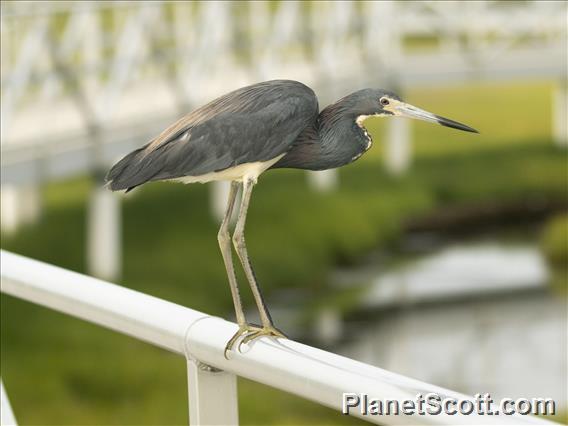Tricolored Heron (Egretta tricolor)

Tricolored Heron (Egretta tricolor)
×


Tricolored Heron (Egretta tricolor)
About Tricolored Heron (Egretta tricolor)
- Kingdom: Animals
- Phylum: Chordates
- Class: Birds
- Order: Pelicans
- Family: Herons
The tricolored heron, formerly known as the Louisiana heron, is a small species of heron native to coastal parts of the Americas. The species is more solitary than other species of heron in the Americas and eats a diet consisting mostly of small fish.
Source: Wikipedia
Trips
Visits
-
2002-01-01
San Blas Ponds, Mexico -
2007-10-10
La Mancha, Mexico -
2008-01-04
Puerto Vallarta, Mexico -
2008-02-17
San Jose del Cabo - Estuary, Mexico -
2009-01-18
Lamanai Ruins River Trip, Belize -
2009-02-07
Parque National Iztopo, Honduras -
2009-02-25
Corcovado National Park - La Sirena, Costa Rica -
2009-03-18
Mogue, Panama -
2011-07-10
Santa Fe River, United States of America -
2013-04-16
Aransas NWR (CTC 037) (Aransas Co.), United States of America -
-
-
-
-
-
-
-





